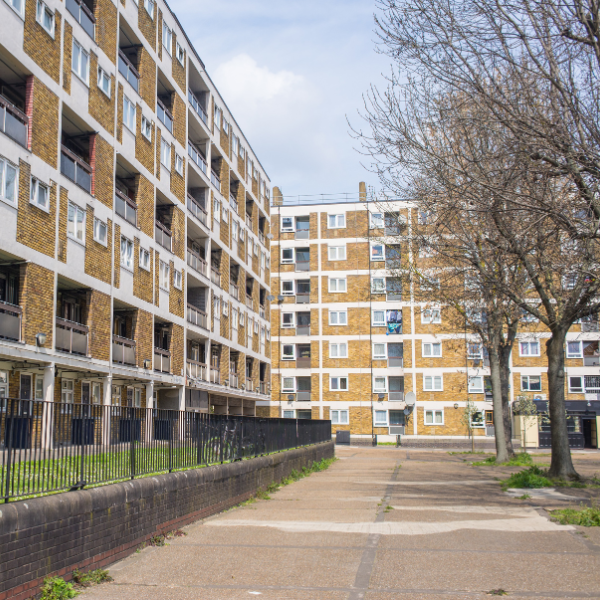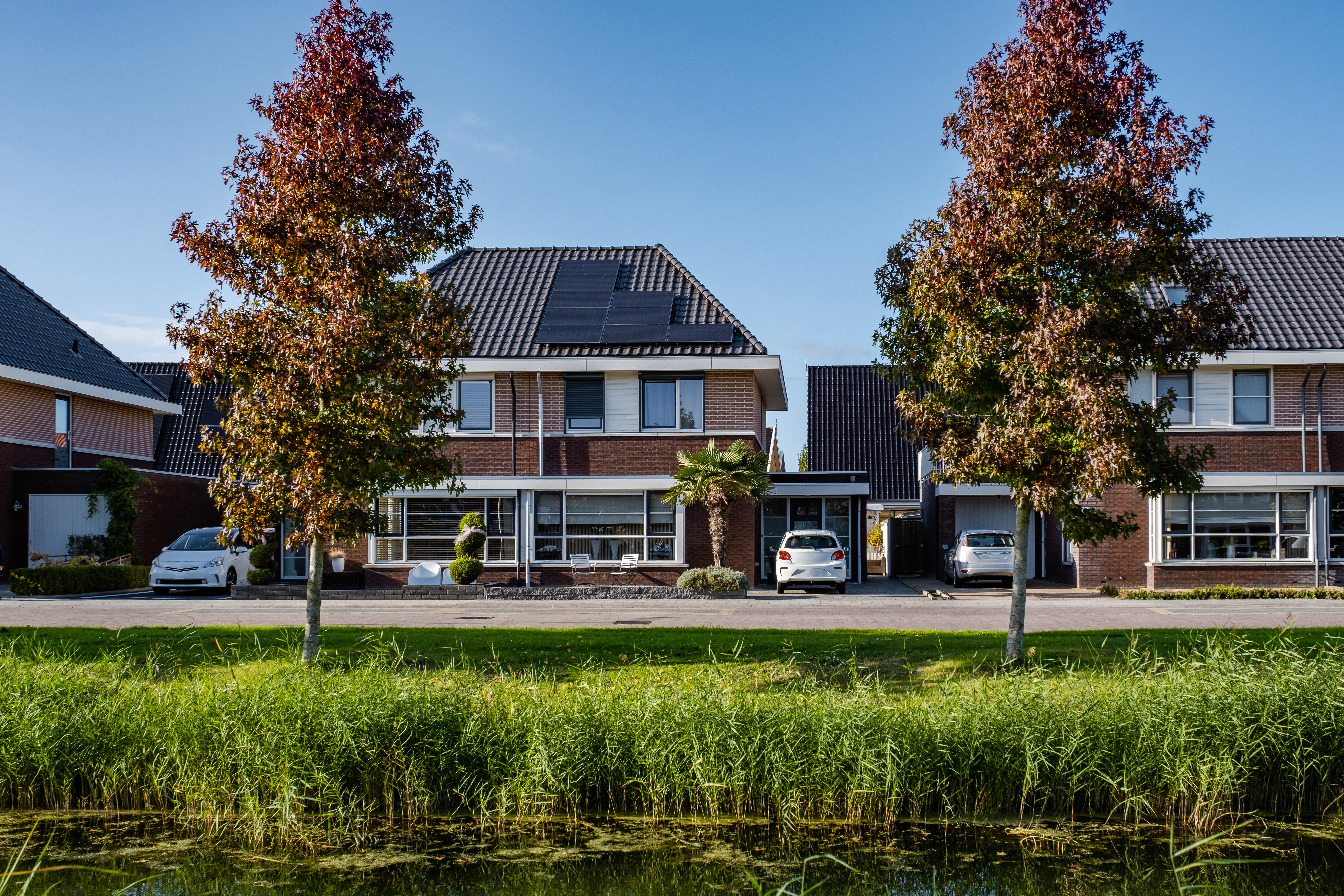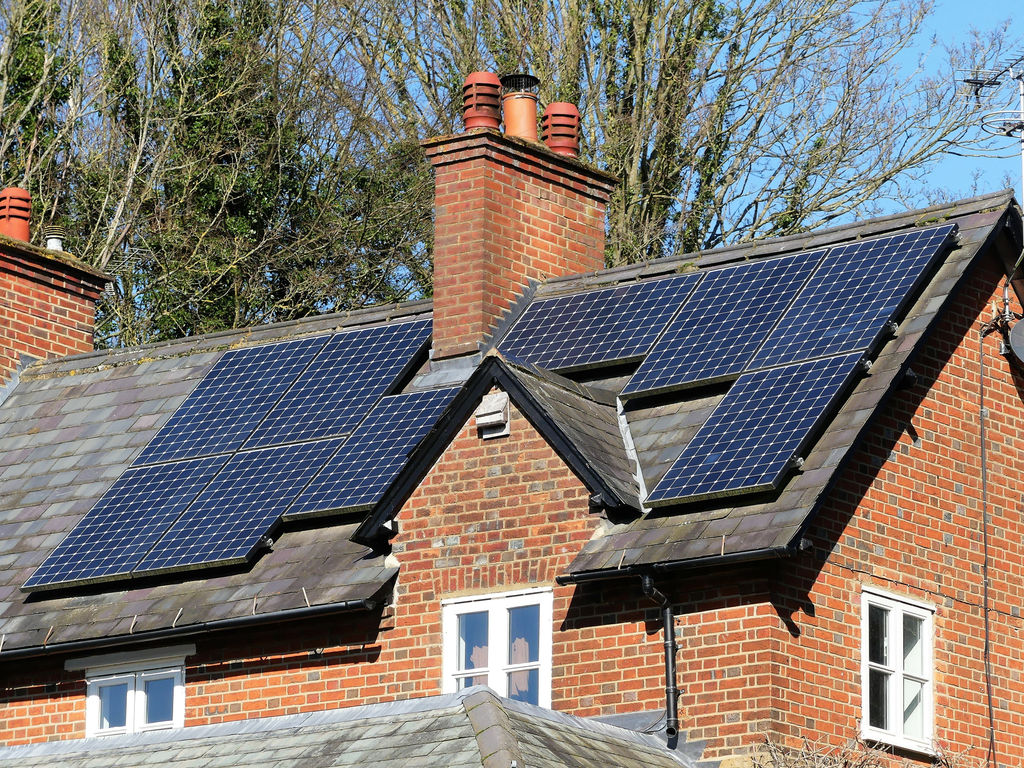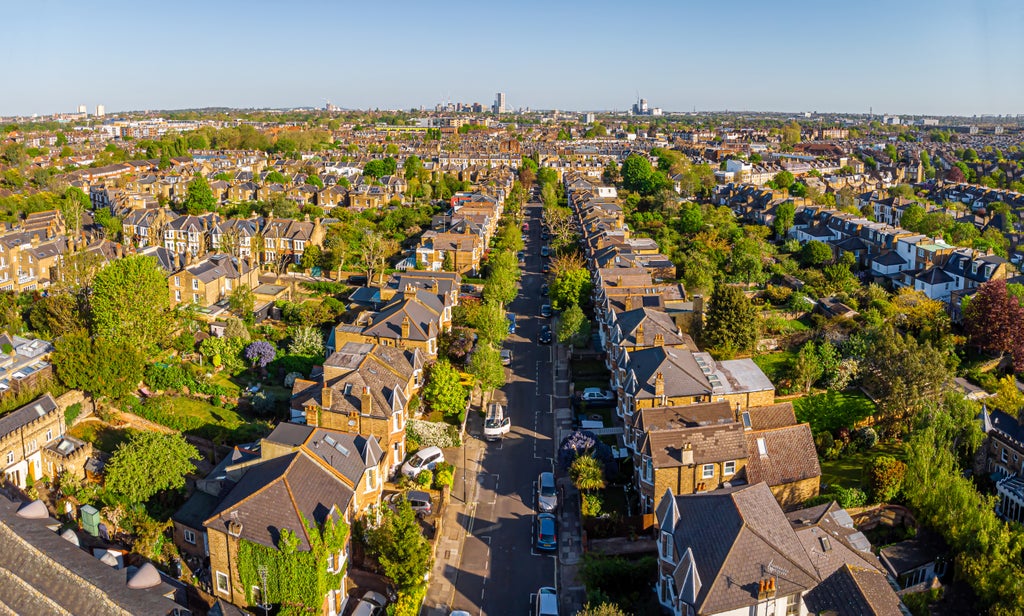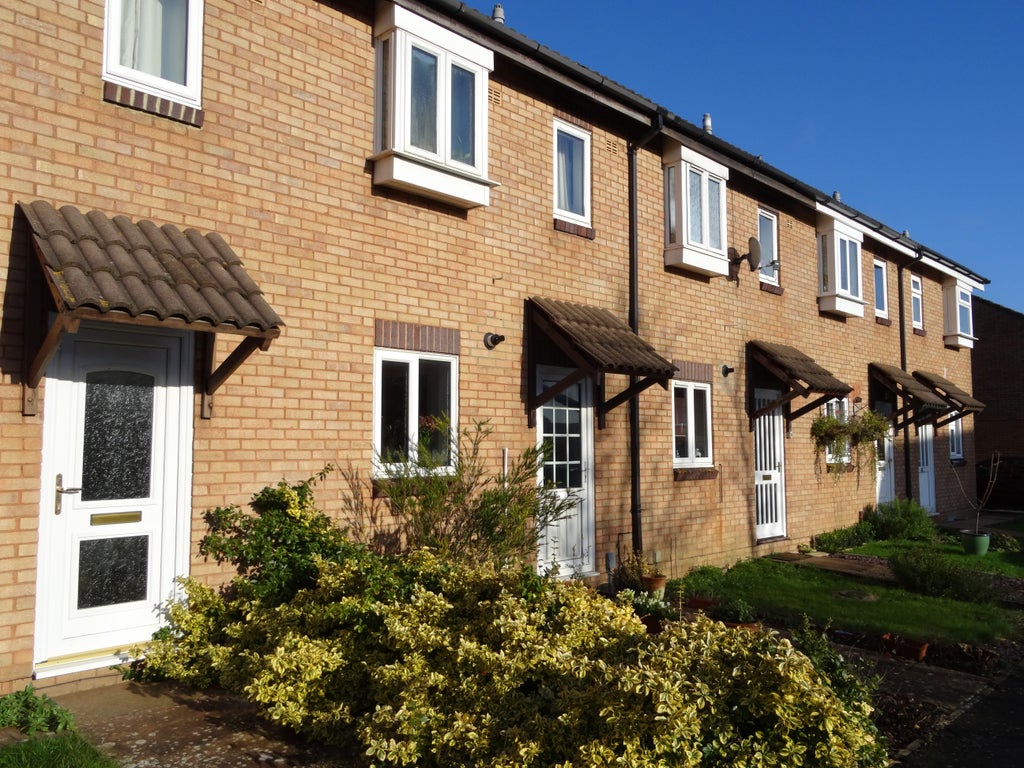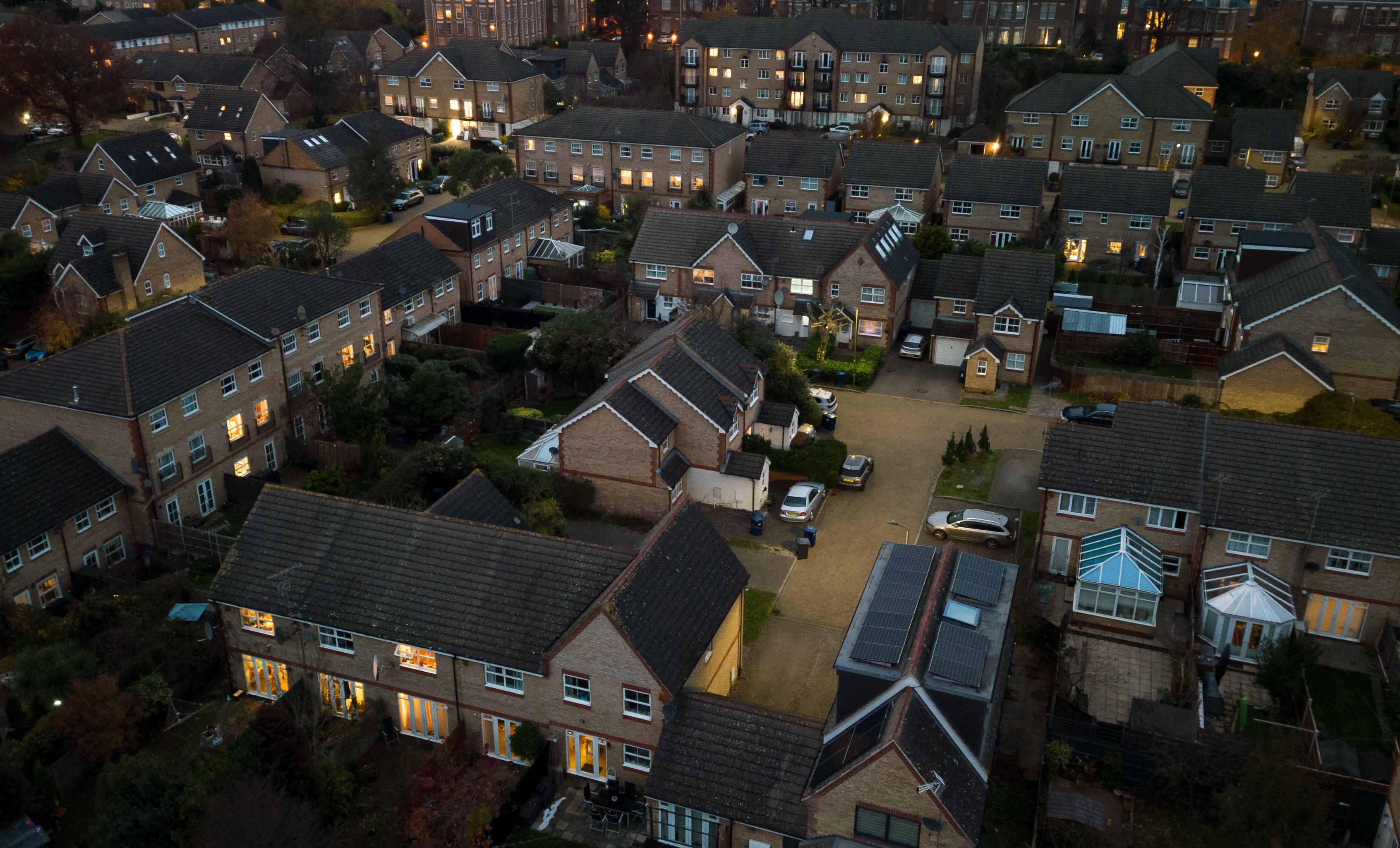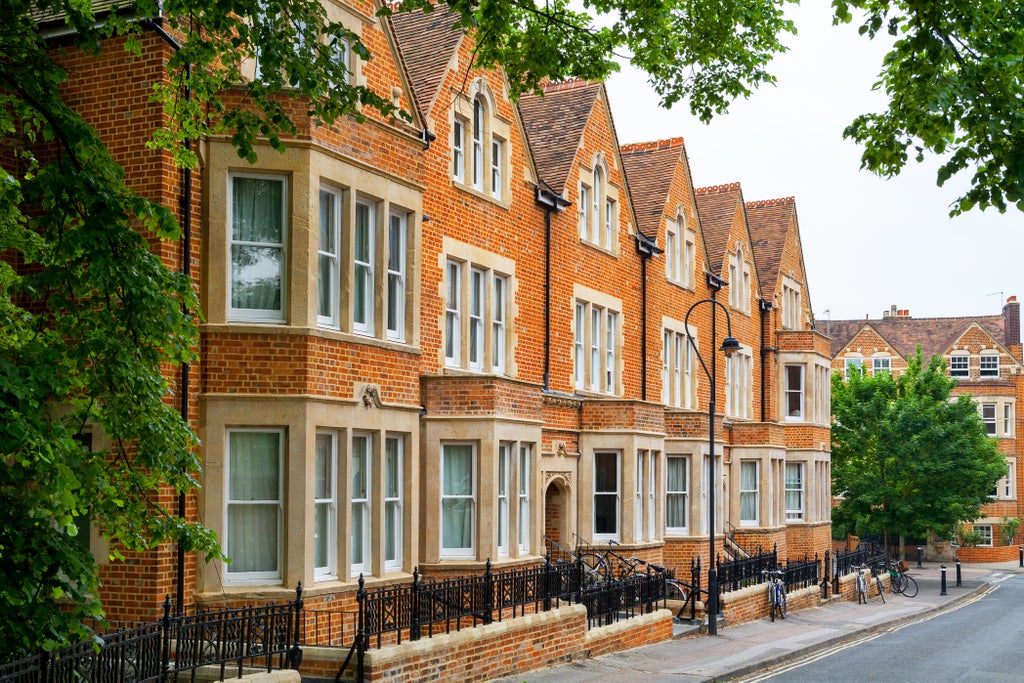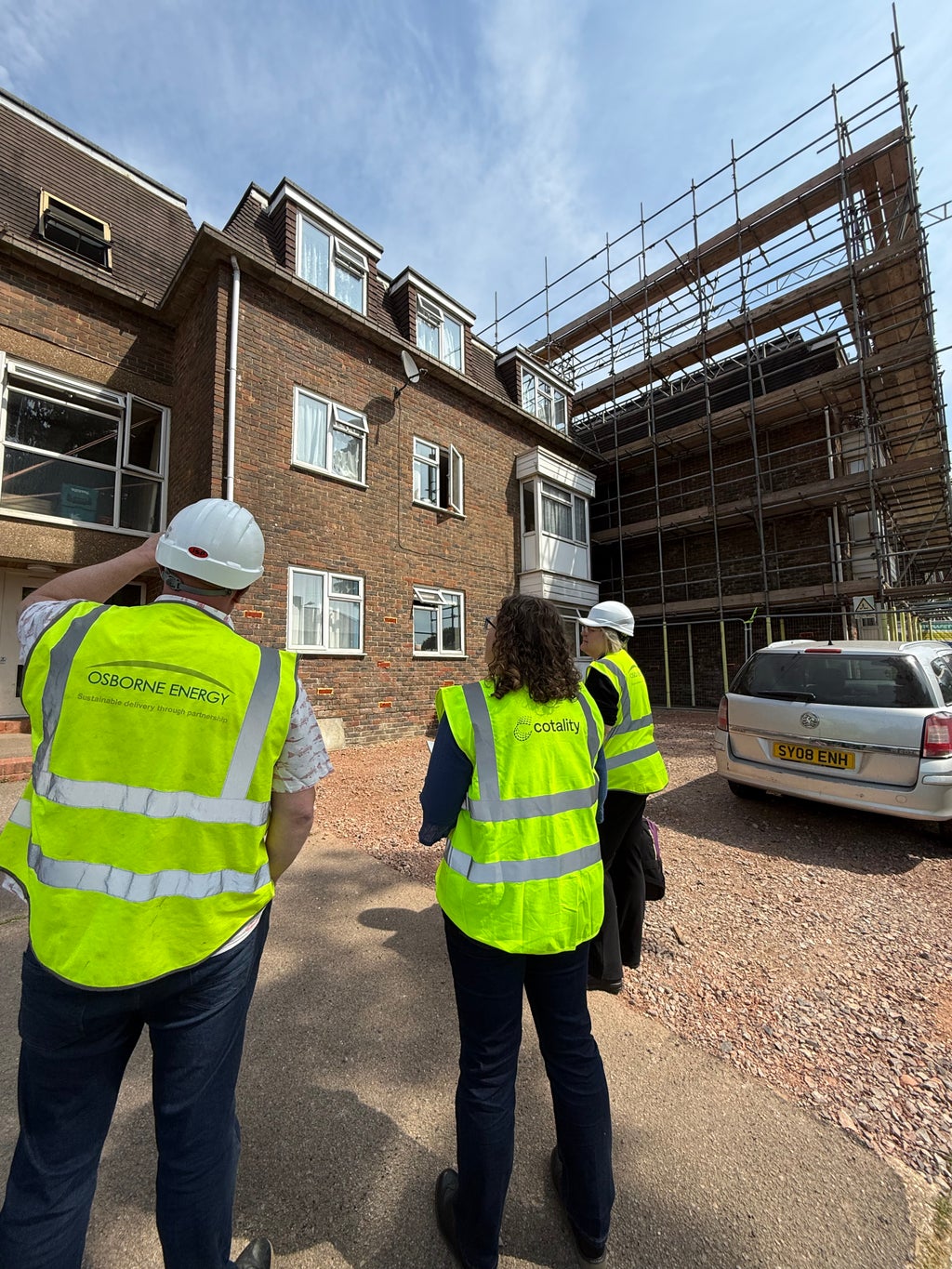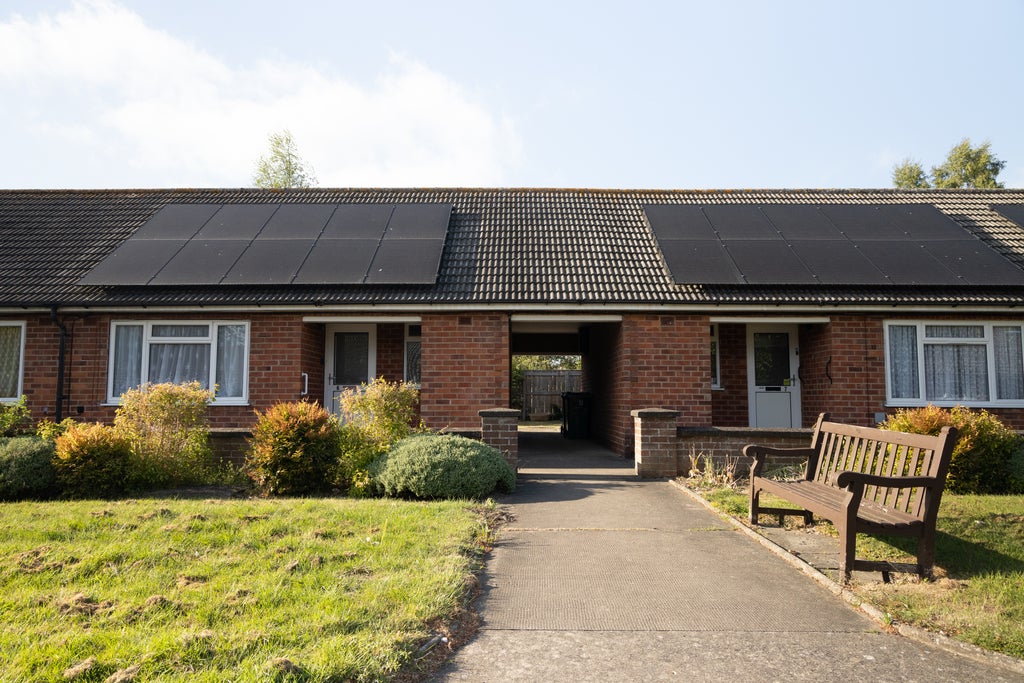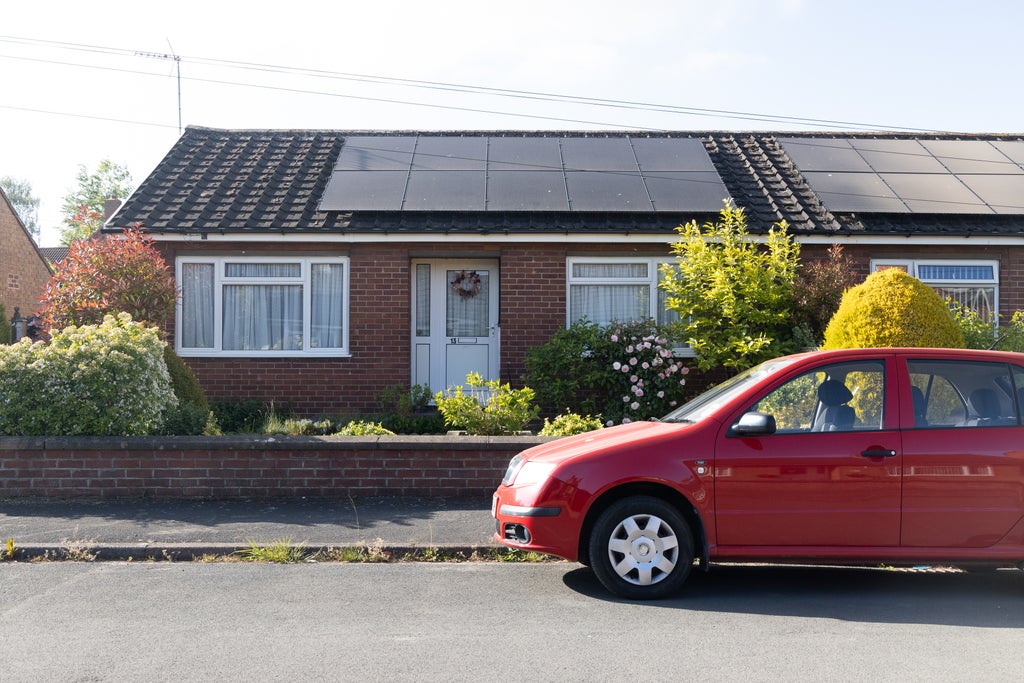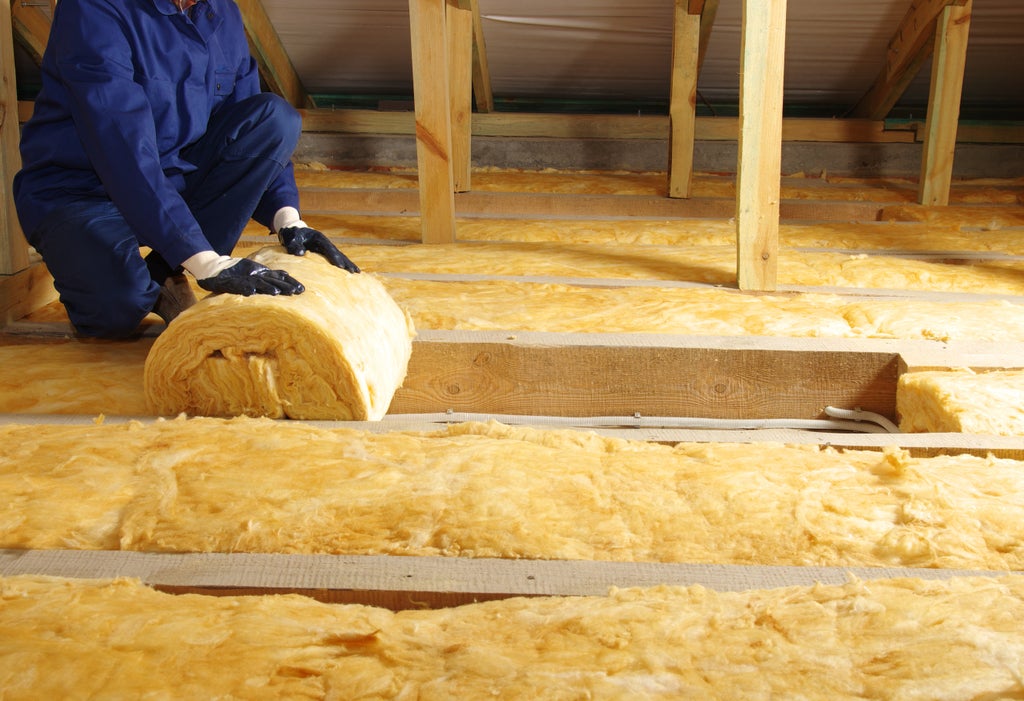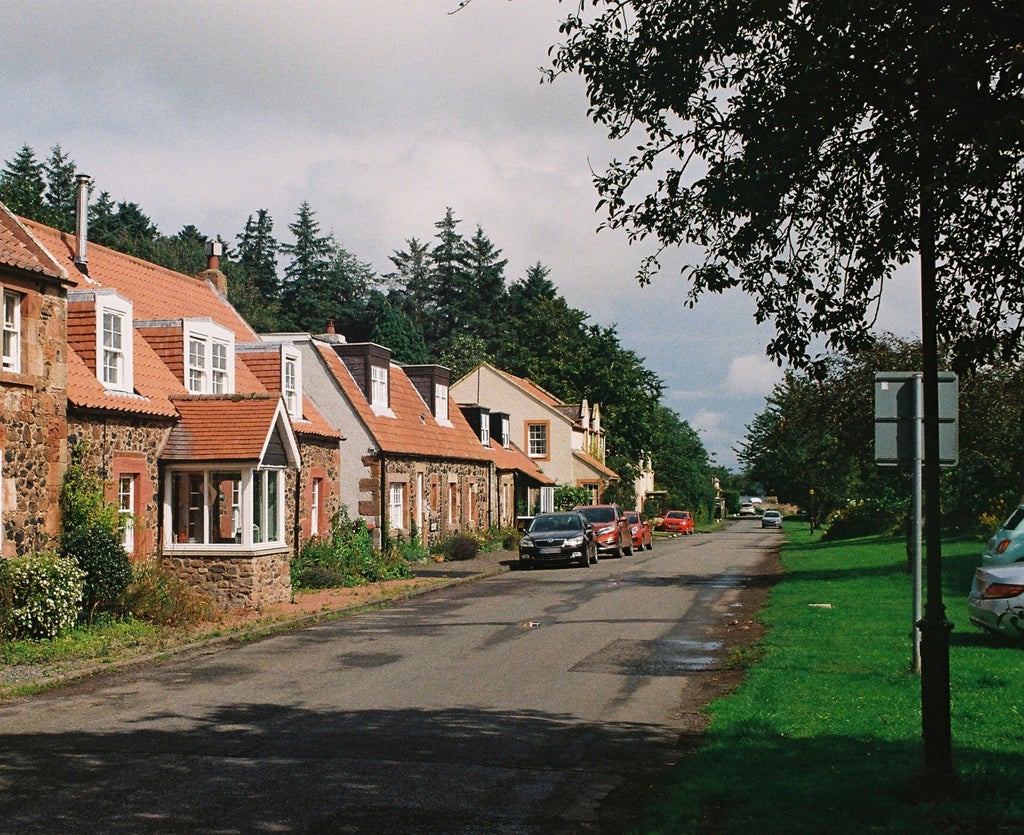What lies beyond SAP C?
The social housing sector needs to ask this question now, of policy-makers and its asset data, in order to identify synergies, avoid rework and reduce tenant hassle.

If you attended Housing 2025 this week, you likely heard it loud and clear: delivering SAP C across the housing stock is no small feat. Yet amid the debates around funding, feasibility, and frameworks, one client’s question stood out - what happens after SAP C?
It’s a question more in the sector should be asking, and worth exploration...

SAP C: a catalyst, not a conclusion
The origins of SAP C as a minimum energy efficiency standard trace back to the 2017 Clean Growth Strategy. Since then, it’s been the key driver behind much of the sector’s retrofit activity, supported by public funding such as the Warm Homes: Social Housing Fund. For many social landlords, the looming requirement of SAP C was the necessary nudge to act.
Without it, would the same level of progress have been achieved? Based on what we’ve heard from our clients - probably not.
Later this year, we expect to see the final version of the SAP C standard. But the question looms: can finance directors tick retrofit off their list and move on?
Spoiler alert: the job isn’t done
Meeting SAP C is a major milestone, particularly if - as in the private rented sector - the social rented sector minimum energy efficiency standard (SRS MEES) focuses on fabric performance. But energy efficiency is only one piece of the net zero puzzle.
What about heat decarbonisation?
Achieving SAP C doesn’t necessarily mean homes will meet a future net zero requirement. How is the home heated? Will individual homes or entire estates need to generate their own renewable energy? Will further insulation and fabric upgrades be required? Or will improvements shift from property-level standards to a reliance on product policy that could deliver better glazing, doors, or heating systems over time?
These questions don’t yet have clear answers, but what is clear is that SAP C is not the end of the road for the decarbonisation of the housing stock.
Climate resilience: the next compliance frontier?
At the same time, the sector must grapple with climate resilience. Future iterations of the Decent Homes Standard will surely require homes to be not only energy efficient but also resilient to climate risks: overheating, flooding, subsidence, heavier rainfall and coastal erosion.
If landlords are to provide “a reasonable degree of thermal comfort” and homes that are free from health and safety hazards, these environmental risks must be accounted for. Ignoring them now could mean facing costly rework later.
Indoor air quality
Another critical aspect that often goes unnoticed is ventilation. While energy efficiency upgrades often focus on airtightness and reduced heat loss, air quality must not be compromised - especially in light of Awaab’s Law, which places new legal duties on landlords to address mould and damp risks.
Installing ventilation reduces SAP ratings while improving air quality, yet proposed changes to EPC ratings still don’t recognise the importance of ventilation - leaving landlords to fill in the gaps on their own or – again – face rework.
Planning ahead to reduce risk
The path ahead requires a joined-up strategy. SAP C compliance is not a box to be ticked, but a staging post on the way to a more sustainable, resilient, and resident-focused housing stock.
From our work with clients like Halton Housing, we’ve seen that strategic planning pays off. By mapping out all planned works on a home - retrofit, repairs, and cyclical maintenance - we identified an average saving of £3,500 per property on a £14,000 SAP C delivery.
Multiply that saving by the hundreds of thousands of homes that are still currently below SAP C, that strategic planning makes substantial savings in terms of money and pressure on the supply chain. And it’s not just good economics; it’s better for residents, too, reducing disruption and ensuring upgrades are future-proof.
Even if upcoming standards like the SRS MEES don’t yet require certain works, forward-thinking landlords will ask: what’s likely to come next - and how can we prepare now to avoid rework later?
Final thought: think - and plan - beyond SAP C
The transition to SAP C has shown what the sector can achieve when regulation meets funding. This will step up once the regulations are clarified. But the next phase – which must deliver full decarbonisation, climate resilience, while maintaining good indoor air quality - demands even more foresight.
At Cotality, we help housing providers not only meet today’s standards but build smart, sequenced strategies for tomorrow. Because doing the job once - and doing it right - is the only way forward.



